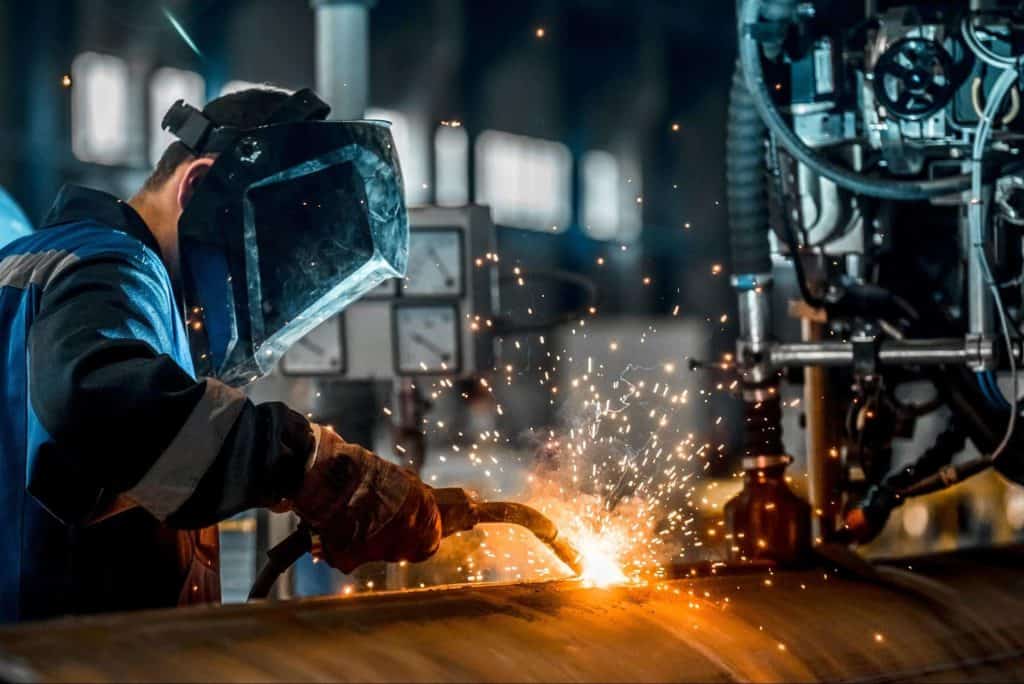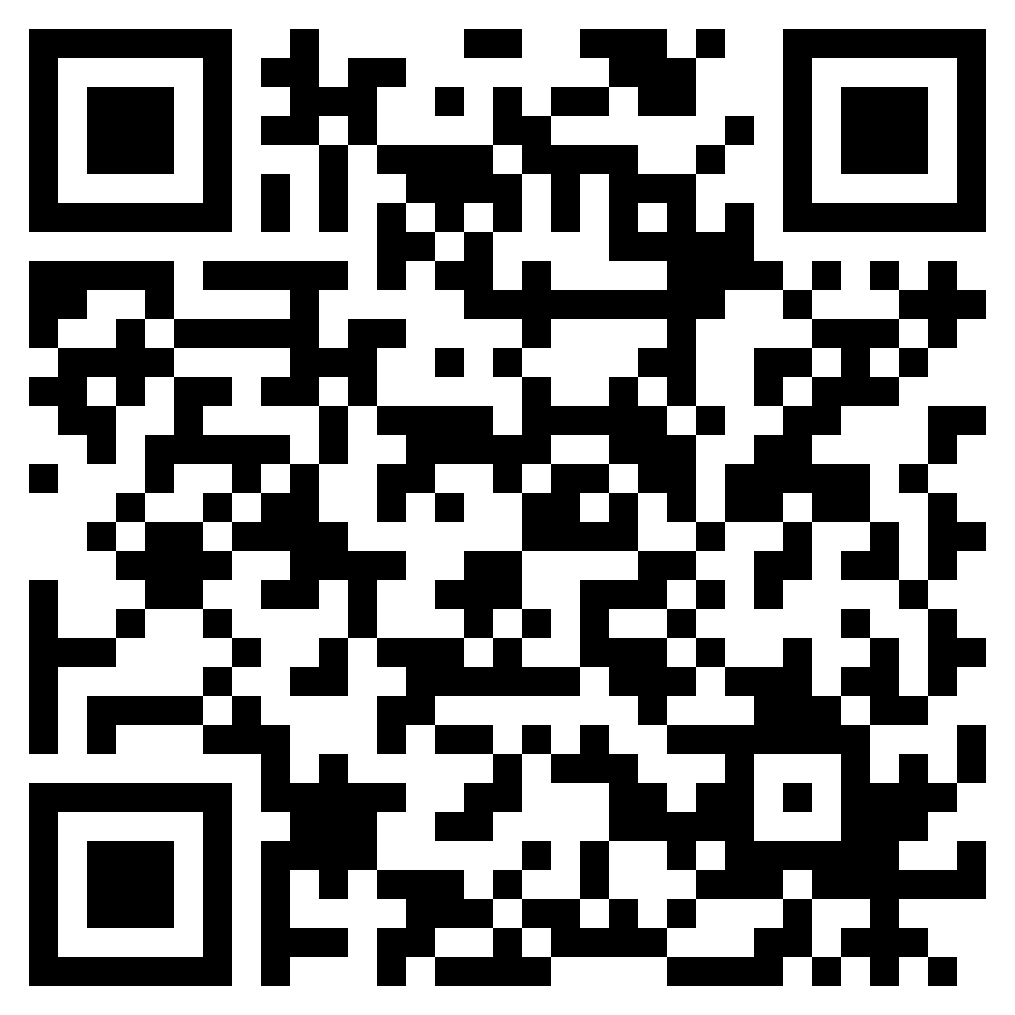How Welding Inspection Milwaukee Can Save You Money in the Long Run
How Welding Inspection Milwaukee Can Save You Money in the Long Run
Blog Article

Discovering the Various Approaches and Criteria of Welding Evaluation for Getting Compliance and Reliability in Engineering Applications
The relevance of welding evaluation in design applications can not be overemphasized, as it works as a critical guard for guaranteeing architectural honesty and compliance with sector standards. Different techniques, consisting of visual evaluation and advanced non-destructive screening strategies, offer crucial understandings into the quality of welds. Additionally, adherence to recognized regulatory requirements such as those from AWS and ASME establishes a framework for responsibility and quality. The landscape of welding assessment is constantly advancing, prompting a better exam of emerging techniques and their ramifications for design dependability. What might these developments require for future jobs?
Importance of Welding Examination
Welding inspection plays a crucial duty in making certain the stability and safety of bonded frameworks. The significance of welding examination can not be overstated, as it offers as a guard against potential failings that might result from poor welding methods.
Furthermore, welding inspection is essential for keeping high quality assurance throughout the welding procedure. It ensures that the welds meet the needed mechanical and physical residential or commercial properties required for their intended applications. Regular evaluations also cultivate a culture of accountability and continual enhancement within welding operations, urging adherence to finest techniques and market criteria.
In regulated industries such as production, building, and aerospace, rigid welding assessment protocols are mandated to abide by legal and safety and security requirements. Ultimately, effective welding evaluation not just secures human life and home yet also boosts the longevity and integrity of welded frameworks, making it an important facet of design and construction.

Usual Welding Evaluation Methods
A range of evaluation approaches are utilized to assess the quality and stability of welds, each tailored to discover particular kinds of defects. Amongst one of the most typical approaches is visual evaluation, which involves an extensive assessment of the weld surface to determine visible defects such as fractures, undercuts, and insufficient fusion. This technique is usually the initial step in the evaluation procedure as a result of its simplicity and cost-effectiveness.
One more extensively utilized technique is radiographic inspection, where X-rays or gamma rays penetrate the weld to reveal interior problems. This technique is especially efficient for identifying porosity and additions within the weld material. Ultrasonic testing employs high-frequency audio waves to identify interior defects, supplying a thorough analysis of the weld's integrity.
Additionally, magnetic particle evaluation is used for ferromagnetic materials, permitting the detection of surface and near-surface issues by using electromagnetic fields and observing particle patterns. Dye penetrant screening includes applying a liquid color to the weld surface area, revealing fractures and various other discontinuities upon assessment (Welding Inspection Milwaukee). Each of these techniques plays a crucial role in making certain weld top quality and compliance with market criteria
Non-Destructive Evaluating Methods
Non-destructive screening (NDT) strategies are essential tools in the evaluation of weld high quality, enabling assessors to review the integrity of welded joints without triggering damages to the products. Different NDT approaches are employed to identify possible problems, making sure that welds fulfill the called for standards for safety and efficiency.
One of one of the most widespread strategies is ultrasonic testing (UT), which uses high-frequency sound waves to discover internal defects such as spaces or cracks. Radiographic screening (RT) uses X-rays or gamma rays to generate images of welds, disclosing any interruptions within the material. Magnetic particle screening (MT) works for spotting surface area and near-surface issues in ferromagnetic materials with the application of magnetic areas and contrasting particles.
Fluid penetrant screening (PT) is another widely utilized technique that includes applying a dye to the surface of the weld, which permeates right into any kind of cracks, making them visible under ultraviolet light. Each of these methods provides one-of-a-kind benefits and limitations, and the choice of a proper method is critical to achieving accurate analyses of weld honesty. Eventually, the implementation of NDT strategies substantially adds to the reliability and security of design applications.

Regulative Specifications and Compliance
In the realm of welding evaluation, adherence to regulatory standards and compliance is vital to ensure the security and integrity of welded structures (Welding Inspection Milwaukee). Different companies, including the American Welding Society (AWS), the American Culture of Mechanical Engineers (ASME), and the International Organization for Standardization (ISO), have actually developed guidelines that control welding practices and try this website assessment procedures. These criteria give a framework for high quality guarantee, outlining the needed credentials for inspectors and the approaches for examining weld integrity
Conformity with our website these governing standards not just enhances the structural integrity of bonded settings up yet likewise minimizes threats associated with failings, which can have devastating repercussions. Evaluations must be executed utilizing defined treatments, including aesthetic, ultrasonic, and radiographic techniques, to ensure that welds satisfy specified criteria.
Additionally, adherence to these criteria is frequently called for by law, especially in markets such as building, aerospace, and manufacturing. Routine audits and accreditations are important to maintain compliance, thereby fostering a society of security and high quality within companies. Eventually, regulatory standards and conformity act as the foundation of trusted welding assessment practices, making certain that engineered frameworks fulfill both efficiency expectations and safety and security demands.
Ideal Practices for Welding Evaluation
While keeping compliance with regulative standards is vital, implementing finest techniques for welding evaluation additionally enhances the security and honesty of welded frameworks. Effective welding assessment begins with complete planning, which consists of recognizing the certain requirements of each task and guaranteeing assessors are well-trained in applicable approaches and standards.
Using a detailed evaluation list aids to guarantee all crucial facets are analyzed, such as weld dimension, infiltration, and visual defects. Non-destructive screening (NDT) strategies, such as radiographic or ultrasonic screening, should be utilized where proper, providing a more thorough analysis of weld top quality without compromising the stability of the products.
Documents plays a substantial role in finest methods; keeping exact documents of assessments, consisting of photographs, examination outcomes, and conformity reports, makes sure responsibility and facilitates future assessments. Furthermore, promoting a culture of open communication between assessors and welders can lead to early identification of possible concerns, advertising instant corrective actions.
Final Thought
In recap, the execution of strenuous welding evaluation approaches and adherence to developed standards are crucial for ensuring compliance and reliability in design applications - Welding Inspection Milwaukee. Strategies such as aesthetic assessment, radiographic screening, and ultrasonic testing serve as vital devices in keeping and identifying defects quality control. By cultivating a society of liability and excellence, companies can enhance the stability and long life of bonded frameworks, eventually adding to the safety and efficiency of design projects
Various methods, including visual inspection and progressed non-destructive testing techniques, offer crucial insights into the quality of welds.Welding evaluation plays a crucial role in ensuring the stability pop over to this site and safety of welded frameworks.A variety of assessment methods are employed to assess the quality and integrity of welds, each tailored to find particular kinds of flaws.An additional extensively made use of approach is radiographic inspection, where X-rays or gamma rays penetrate the weld to expose interior issues.In the world of welding evaluation, adherence to regulatory requirements and conformity is vital to guarantee the security and dependability of welded structures.
Report this page